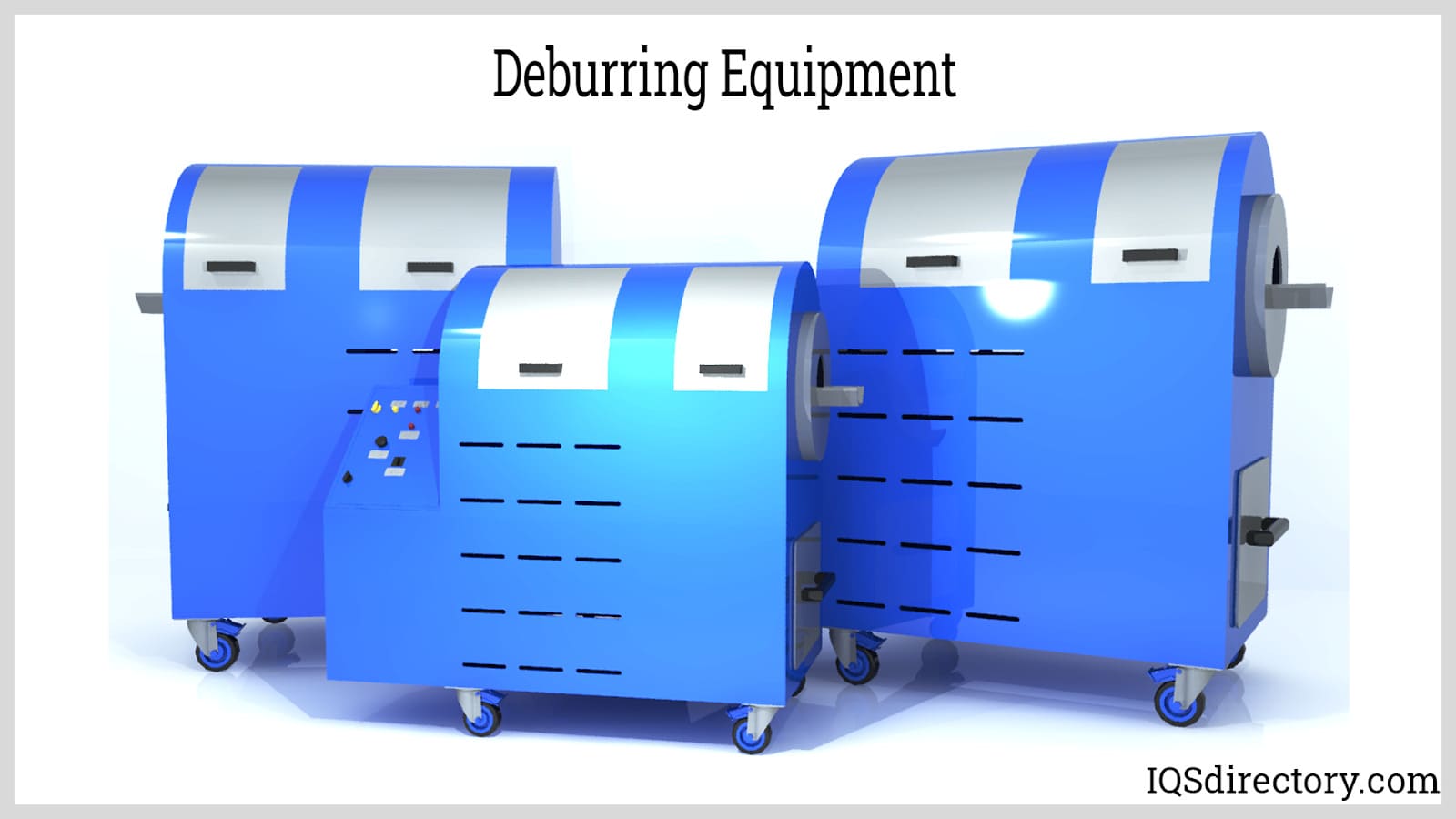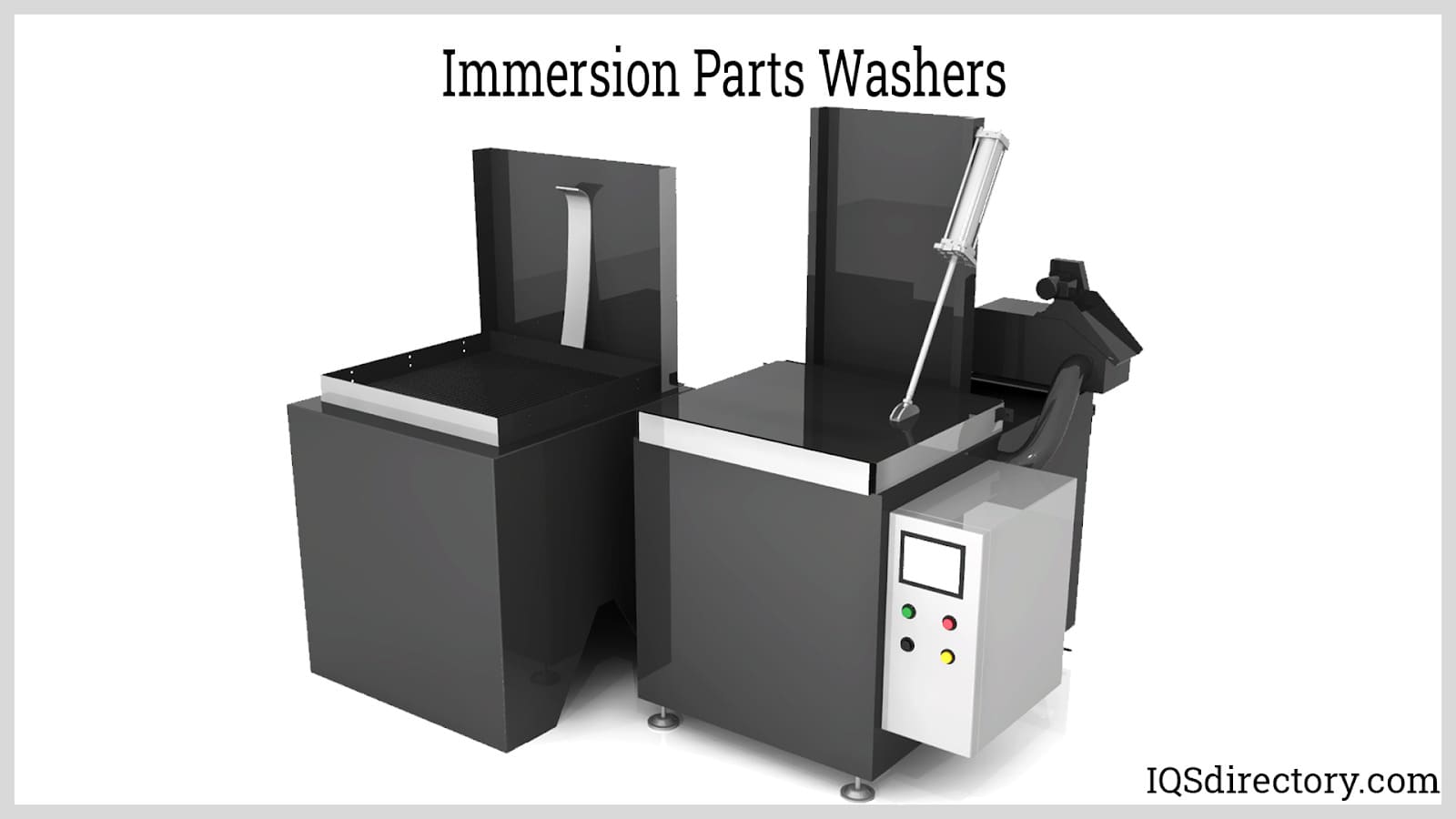Tumbling machines, also known as barrel tumblers, are an essential tool for many manufacturing processes. These machines are used to smooth, polish, and deburr metal parts, plastics, and other materials. They have a wide range of applications, from jewelry-making to metal fabrication. Read More…
Otec USA Inc. is a world-class supplier of mass finishing equipment and supplies. Our primary products include centrifugal disc, drag and stream finishing machines to meet all of your deburring, polishing, grinding and honing requirements.

Giant Finishing is a well-known manufacturer of deburring equipment and machinery, media and compounds, molding vibratory bowls, multi-stage washers and more. We have over 100 standard models to choose from, or we can custom-manufacture products to meet your needs! In business for two decades, we provide the mass-finishing industry with complete equipment solutions.

Great Lakes Finishing Equipment, Inc. is a leading supplier of the deburring equipment, machines, and supplies for all your mass finishing projects. This equipment includes continuous systems, vibratory bowls, tubs, and high energy centrifugal barrel machines. Let our deburring specialists work with you to find the best deburring machinery for your project.

At ESMA, Inc., we specialize in designing and manufacturing advanced deburring equipment that streamlines precision finishing across a wide range of industries. With decades of experience at the forefront of electropolishing and metal finishing technologies, we’ve developed solutions that eliminate manual labor, reduce cycle times, and deliver consistent, high-quality results.

More Tumbling Machine Manufacturers
Tumbling Machine Regulations
There are several government agencies that regulate the creation and use of tumbling machines in the United States. Perhaps, the main government organization involved with tumbling machines is the Occupational Safety and Health Administration (OSHA). OSHA requires manufacturers to ensure that their tumbling machines meet safety standards. These standards include guarding the machine's moving parts, providing safety switches, and using appropriate materials for the tumbling media.
In addition to OSHA, there are several other government agencies that regulate the use of tumbling machines in the United States. The Environmental Protection Agency (EPA), for example, regulates the use of tumbling machines that involve the use of hazardous materials, such as chemical compounds used for surface treatment. Meanwhile, the National Institute for Occupational Safety and Health (NIOSH) conducts research on the hazards associated with the use of tumbling machines and develops guidelines for their safe use. NIOSH also provides training to employees on the safe operation of tumbling machines and other industrial equipment. Additionally, the Consumer Product Safety Commission (CPSC) regulates the use of tumbling machines for consumer products, such as toys and electronics. The CPSC ensures that these machines meet specific safety standards and do not pose a risk of injury to consumers. Finally, the Food and Drug Administration (FDA) regulates the use of tumbling machines in the food and pharmaceutical industries. The FDA ensures that these machines meet specific standards for cleanliness and do not contaminate food or drugs with harmful substances.
Overall, the use of tumbling machines is heavily regulated in the United States to ensure their safe operation and protect consumers, workers, and the environment. Manufacturers and users of tumbling machines must comply with these laws and regulations to avoid penalties and ensure the quality and safety of their products.
Tumbling Machine Quality Control
In addition to government agencies regulating tumbling machines, manufacturers also create their own quality measures to ensure the safety and reliability of their products. One important quality control measure is the use of standardized testing procedures to evaluate the performance of the machines. These tests can include durability tests, vibration tests, and noise level tests, among others. By performing these tests, manufacturers can identify potential problems with their machines and make improvements to ensure their safety and reliability. Another critical quality control measure is the use of high-quality materials and components in the construction of the machines. This ensures that the machines are durable and can withstand the stresses of regular use. Manufacturers may also perform regular maintenance and inspection of their machines to identify any potential problems and ensure they are corrected before they become serious issues.
Manufacturers of tumbling machines also often have quality management systems in place, such as ISO 9001, to ensure that their production processes meet specific standards for quality and consistency. These systems can include regular audits of the manufacturing process to ensure compliance with these standards. Additionally, manufacturers may also perform testing and certification of their machines by third-party organizations to verify their safety and compliance with applicable laws and regulations. These measures are essential to ensure that the machines are safe for use and meet the needs of their customers. By taking these quality control measures, manufacturers can ensure the safety and reliability of their tumbling machines and maintain the trust of their customers.
Tumbling Machine Factors
When looking to acquire a tumbling machine, it is essential to identify the appropriate type of machine for the application. There are various types of tumbling machines, such as rotary barrel tumblers, vibratory tumblers, and centrifugal tumblers. Each type has its advantages and disadvantages, so it's crucial to consider the specific requirements of your application before selecting a machine. Likewise, when selecting a specific manufacturer, it's important to choose a reputable company with a history of producing high-quality tumbling machines. Furthermore, consider factors such as cost, maintenance requirements, and customer service when making your decision. Finally, once you've selected a machine and manufacturer, it's essential to ensure proper installation and training for the machine's operation. Proper training will help ensure that the machine is used safely and effectively and will help reduce the risk of accidents.











 Deburring Machinery
Deburring Machinery Industrial Parts Washers
Industrial Parts Washers Sandblast Equipment
Sandblast Equipment Ultrasonic Cleaners
Ultrasonic Cleaners Castings & Forgings
Castings & Forgings Bulk Material Handling
Bulk Material Handling Electrical & Electronic Components
Electrical & Electronic Components Flow Instrumentation
Flow Instrumentation Hardware
Hardware Material Handling Equipment
Material Handling Equipment Metal Cutting Services
Metal Cutting Services Metal Forming Services
Metal Forming Services Metal Suppliers
Metal Suppliers Motion Control Products
Motion Control Products Plant & Facility Equipment
Plant & Facility Equipment Plant & Facility Supplies
Plant & Facility Supplies Plastic Molding Processes
Plastic Molding Processes Pumps & Valves
Pumps & Valves Recycling Equipment
Recycling Equipment Rubber Products & Services
Rubber Products & Services